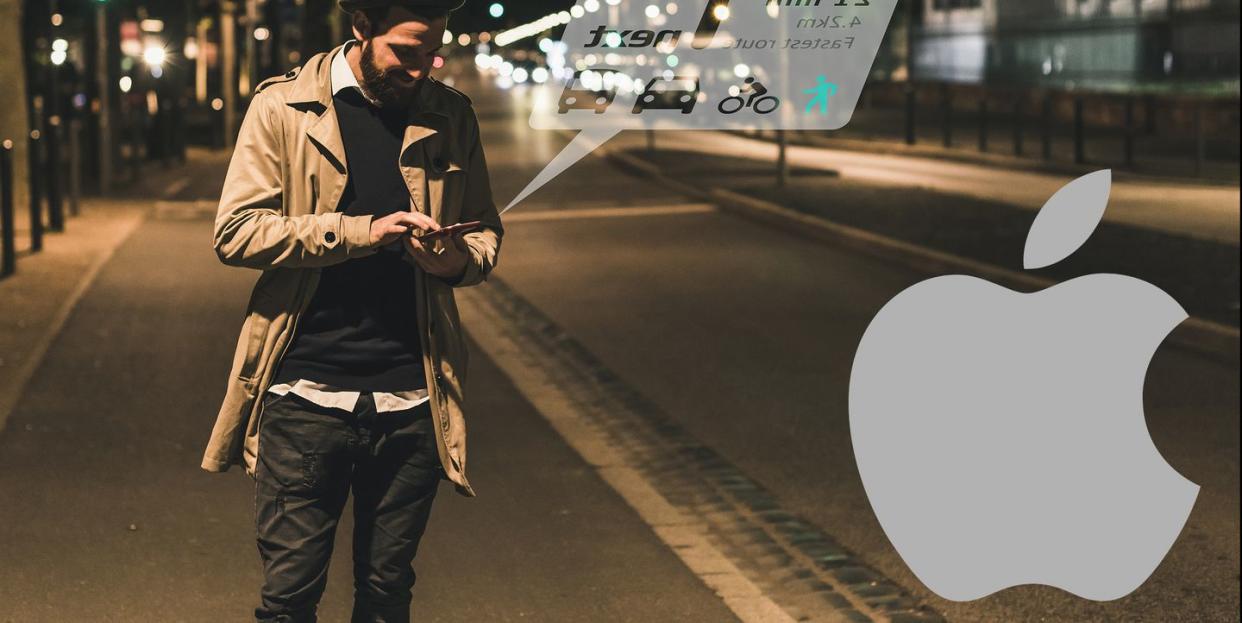Apple Is Entering the AR Fray

Apple has held internal meetings about unveiling augmented reality (AR) tech in 2022 and 2023.
AR has the potential to piggyback and exceed the stagnant virtual reality (VR) market.
Apple’s track record for long development of paradigm-shifting products means experts will likely wait and see rather than rush to judge.
The Verge reports that Apple has announced plans for an augmented reality (AR) headset and, later, AR glasses. The gadgets are rumored to drop in 2022 and 2023, respectively, based on internal meetings and announcements at Apple.
Most consumers’ exposure to AR technology in 2019 is the augmented mode in Pokemon Go or live-action Snapchat-style photo filters. The Nintendo 3DS was also bundled with AR Games using physical cards. Those uses date back a few years at this point, and industries have been slow to adopt even the coolest applications of AR, like unmanned guided tours or the real version of the gag food-identifying app from HBO’s Silicon Valley.
When Google launched Google Glass beginning with teaser announcements in 2012, the headset failed to gain market share with a clear use case, besides specific and often therapeutic uses like a headset app to help facilitate autistic children’s communication skills.
AR is thought of as the next step after virtual reality (VR), which has also been slow to penetrate the consumer market. YouGov published data in March showing that just 11 percent of adults own a VR device and just one-third of adults know about the development of more VR applications and technology.
But there are reasons AR could leapfrog VR and make a bigger impact on the market more quickly. Unlike VR, AR really doesn’t make people motion sick or cause headaches. Developers don’t need to build complete worlds and environments, and identifying the real world gives AR a huge leg up for educational and human services uses. Among consumers, AR can identify products on the shelf or even show them how IKEA furniture will look in their homes. Bose claims its recent “audio sunglasses” will eventually support AR.
It’s not clear at all what Apple will do in the AR space, but industry insiders speculate that AR is thought of as the “next thing” now that smartphones have reached the point in development where new iterations are just incrementally better than what came before. The turn to AR may just be our next step on the road to the augmented world of Minority Report, where ads appear only in Tom Cruise’s field of vision and target him by name. In other words: AR is the next big thing. Tim Cook said as much in 2017.
The Apple plans, shared by The Information, show both more and less faith in the AR market. Experts previously guessed Apple would enter the AR market earlier—soon, potentially very soon, as in several months from now. Pushing those plans back and making them more segmented—first a headset and then glasses to follow—shows a longer-term commitment to a technology that really hasn’t had its killer app moment, despite claims to the contrary from us. (That NASA app is still awesome.)
Nearly half of consumers report that a combined high cost and perceived lack of content informs their decision not to adopt VR or AR. What will be the Mario 64 or Legend of Zelda: Breath of the Wild of AR? It may not be a game at all, but instead some kind of life-changing Apple consumer app we can’t conceive of yet.
The iPhone is 12 years old but still draws lines around the block when new models launch. When Apple announced the development of some major product in 2004, speculation barely guessed at the real extent of how the 2007 iPhone changed consumer life and technology.
You Might Also Like

